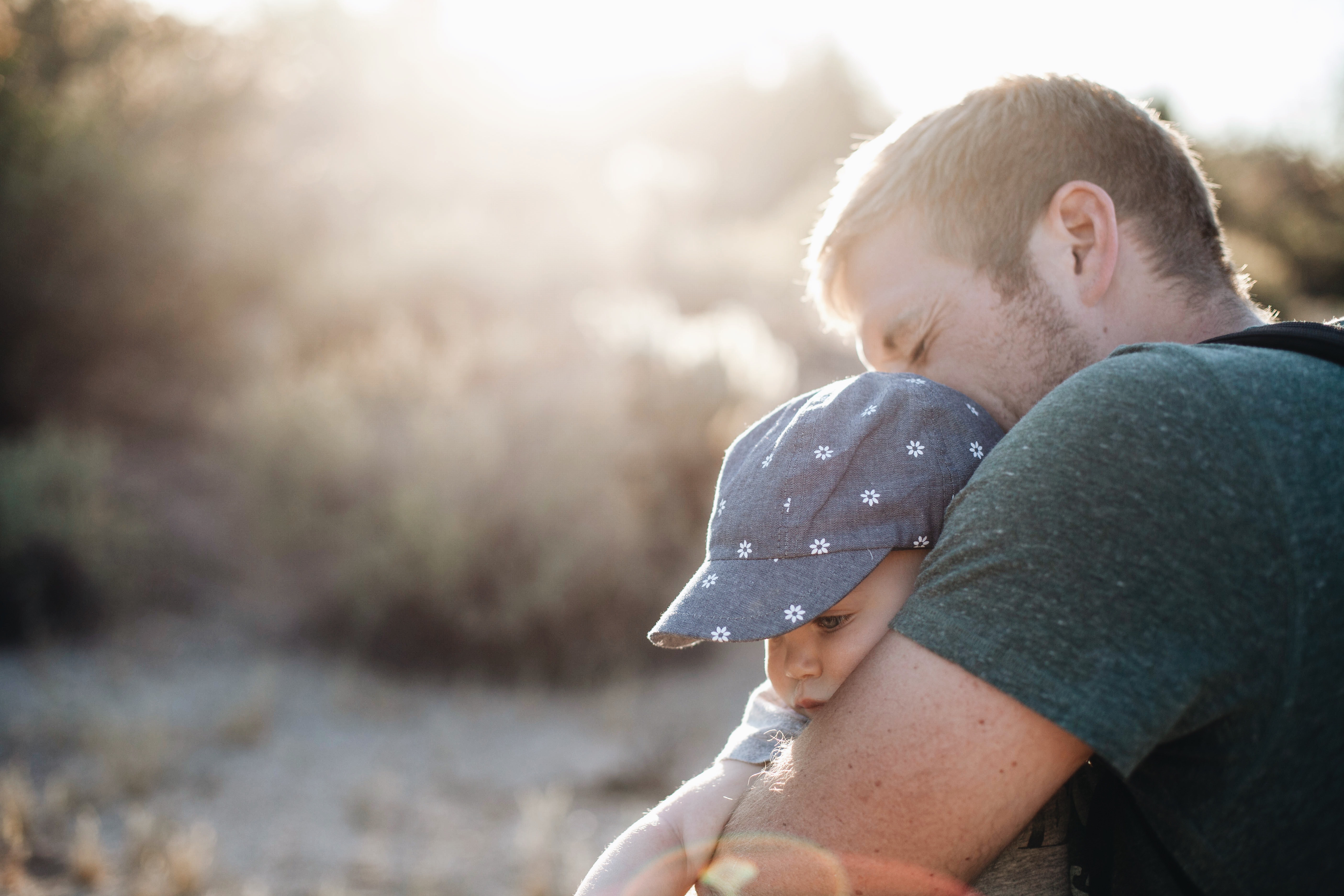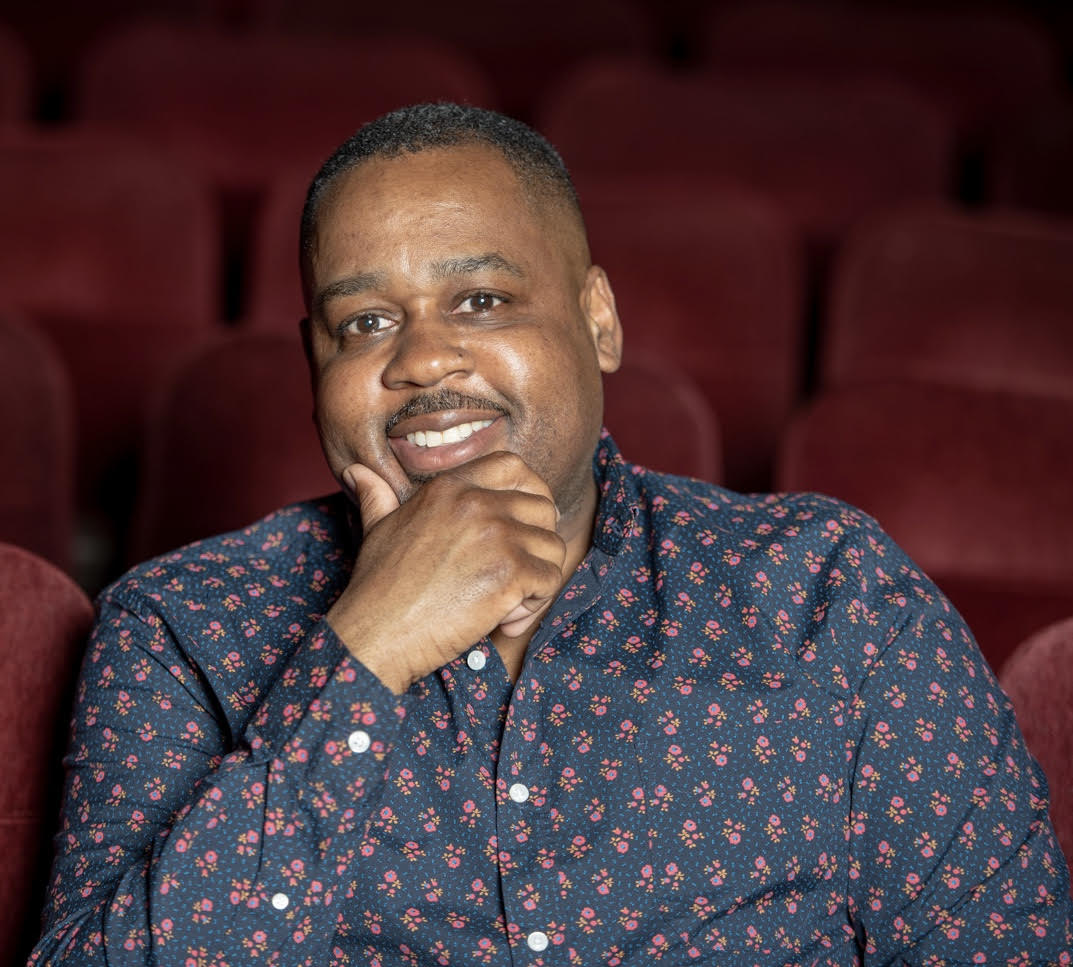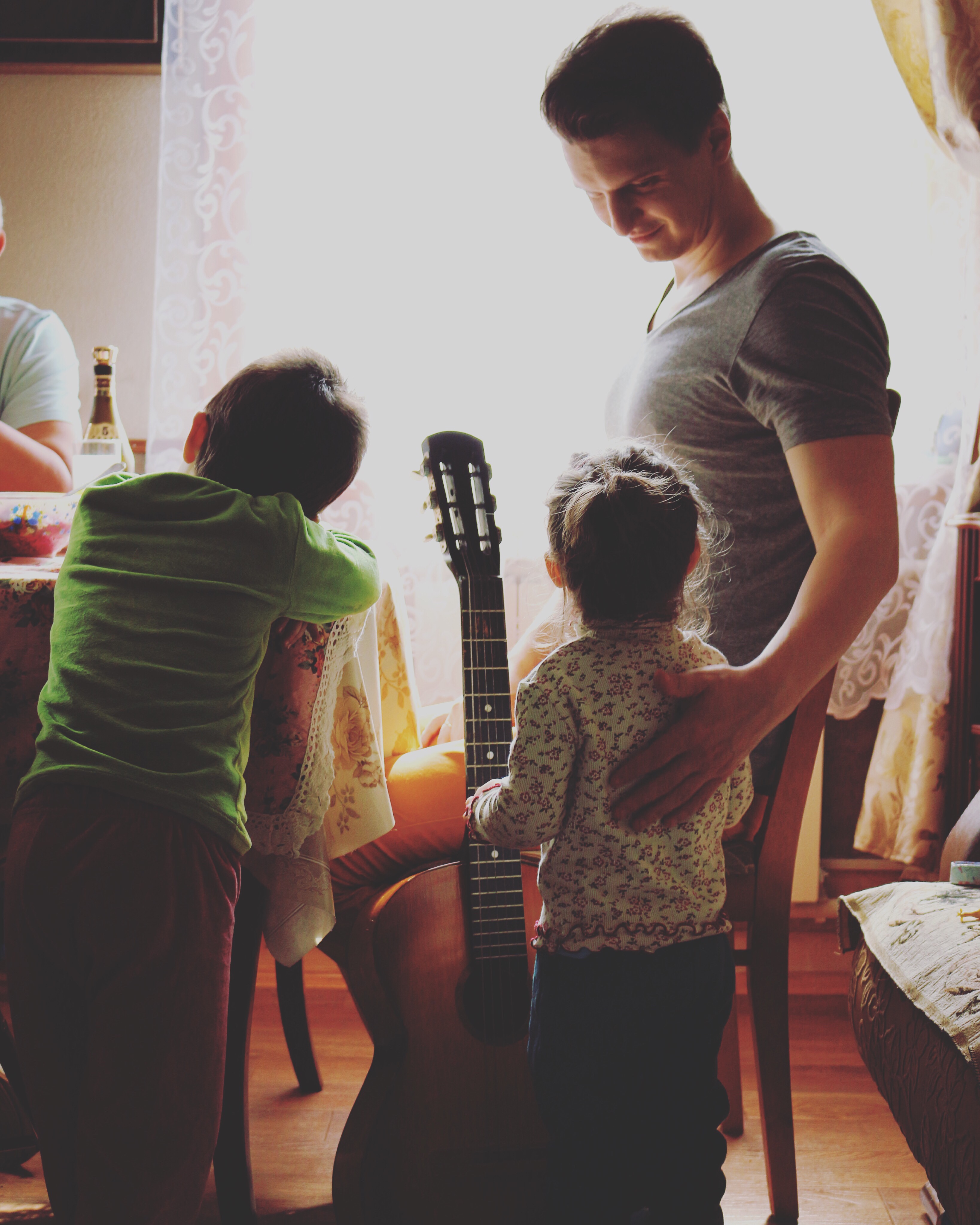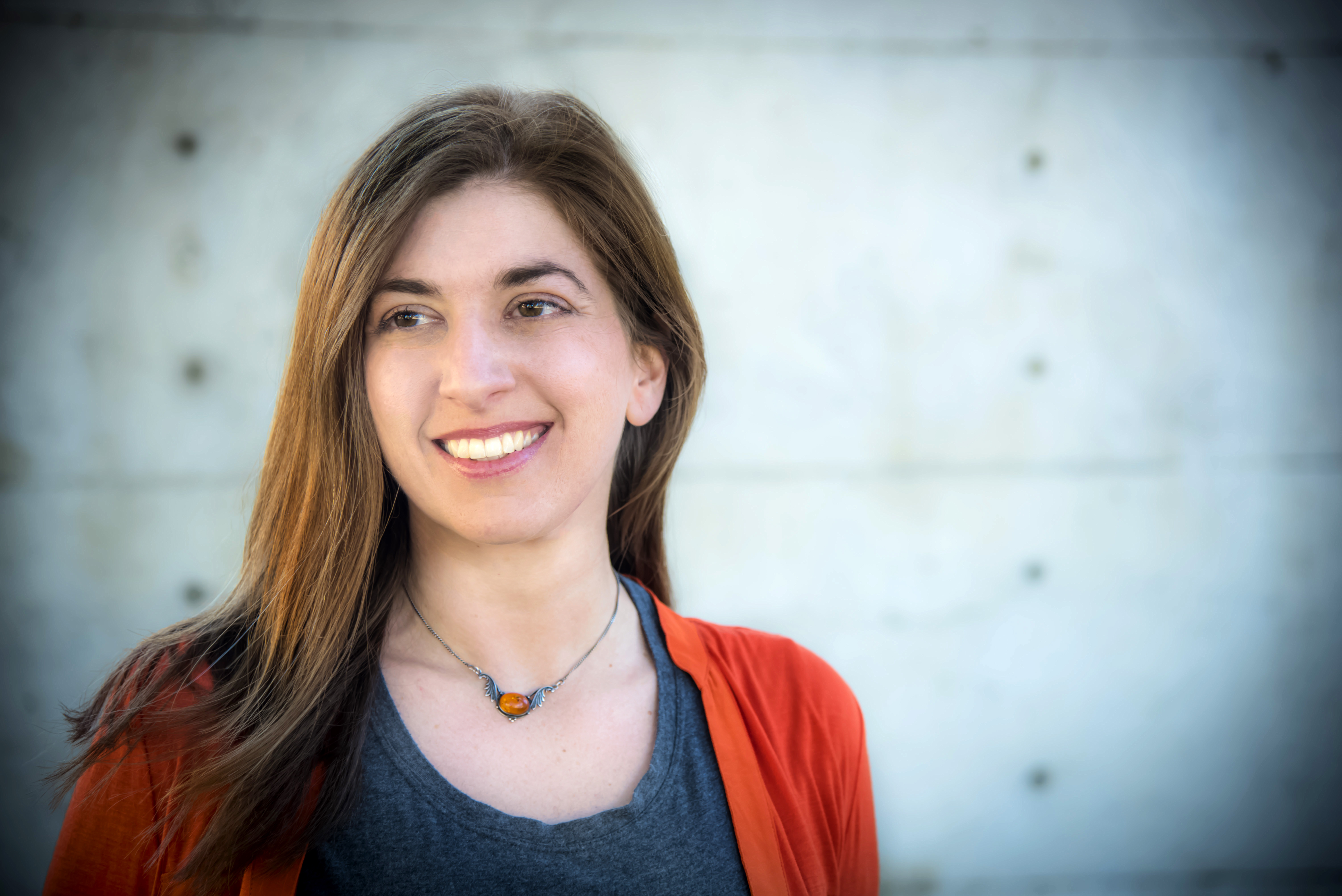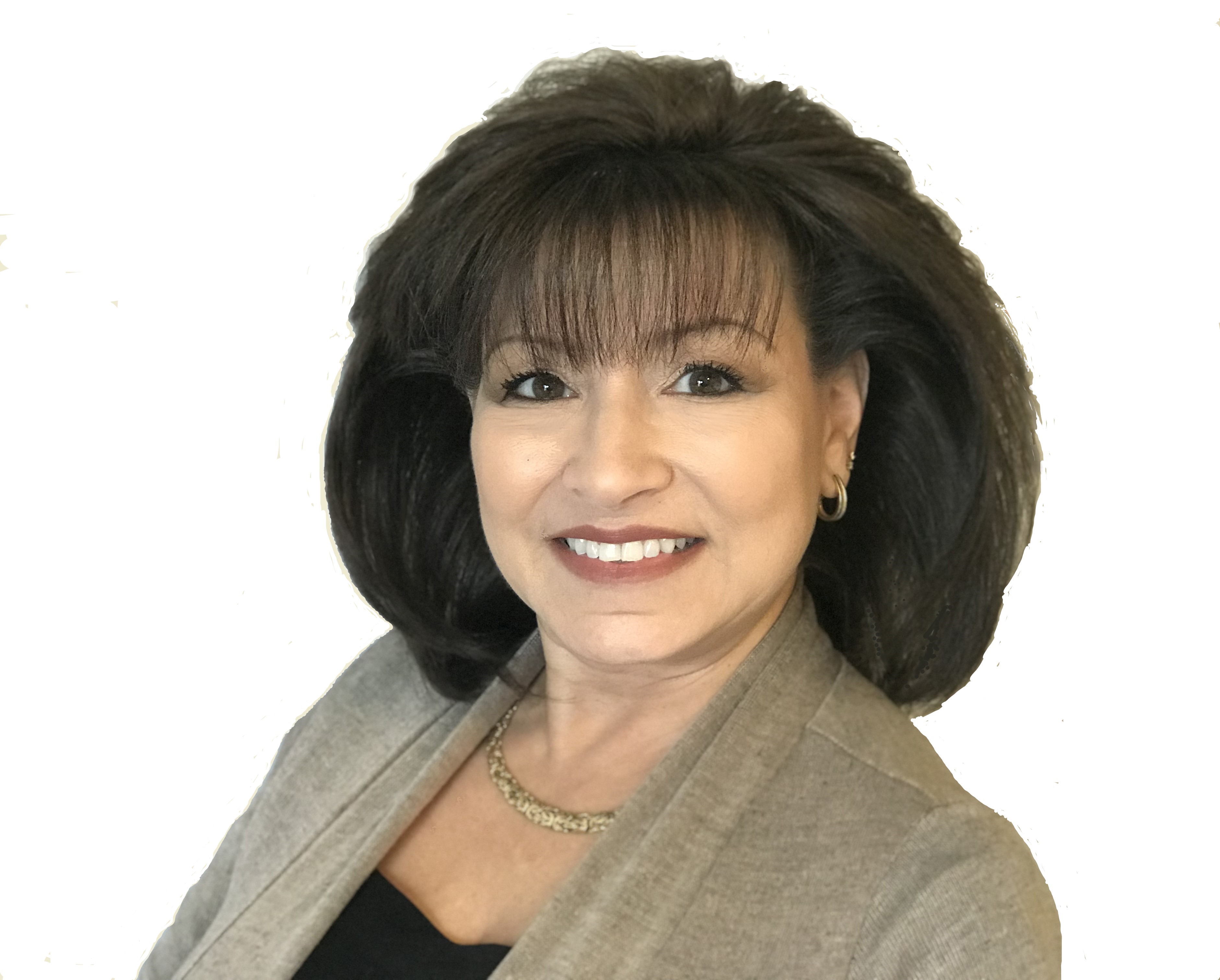
March 5, 2020 by Lori Grover, NCM, Chair of Rhode Island NPO and Divorce Mediator
Read Part I here.
Read Part II here.
For kids, having a high-conflict parent redefines their childhoods and changes their adult lives forever. But even when a non-high-conflict parent understands personality disorders and high-conflict behavior, it doesn’t change who their child’s other parent is, and they and their children are the ones who will need to learn how to manage life with a HCP.
Divorce may seem like the obvious solution to eradicating the chaos and drama of a high-conflict spouse, but when there are children, it not that easy. I often talk with people who live with on-going abuse from a former spouse for years after their divorce is final and struggle to protect their children from circumstances beyond their control.
In many cases HCPs use children as tools to control and manipulate their ex. From false allegations of abuse and claims that the other parent incapable of caring for their child, to refusing or limiting the other parent’s time with their child – there’s no limit to how far a HCP will go to intimidate their spouse to get what they want. These parents may wear the mask of a loving and protective parent in public, but the true motive is to use the child for their own needs. These parents don’t want the day-to-day responsibilities of parenting, they want the attention that comes from buying the most expensive birthday gift and an audience to hear their remarkable stories of accomplishments, whether real or perceived. As I explain later in this article, narcissists don’t see their child as an independent person; their child is an extension of themselves. While this concept may be hard to understand, it explains why high-conflict parents say and do things to their children most of us wouldn’t and why trying to get them to modify their behavior is futile.
While most people know something about their spouse’s behavior isn’t right and may suspect a personality disorder, the depth of Narcissistic Personality Disorder is seldom understood. It’s also important to understand that certain criteria must be met for someone to be classified as having NPD. The ability to manage any situation requires thoroughly understanding it and Narcissism is one of the most complex disorders that impacts divorce.
Children are more resilient than we give them credit for, but they have little defense against a disordered parent and the long-term effects can be far-reaching. Children of a narcissistic parent are never seen as who they are. Even before birth, the Narcissistic parent unknowingly projects their flaws onto their child. Once the child is born, the disordered parent sees their children as they see themselves: unlovable and defective, and they criticize and attack the child without recognizing that they themselves are the target.
The long-term effects of narcissistic parent conditions children to please others without healthy boundaries, perceive their own shortcomings or mistakes as something to be ashamed of and believe the only way to be accepted is to conform. Low self-esteem and lack of confidence, co-dependency or unhealthy attachments, delayed stages of development, self-criticism, thinking oneself invisible and difficulty forming relationships are all potential risks to children of a high-conflict parent. In the case of Narcissistic Personality Disorder, some children may take on the personality traits of the disordered parent if that parent is the primary influence on the child from an early age. And while every child will be impacted by a high-conflict parent to some degree, the effects will vary based on the support they receive from their other parent, extended family and their external environment.
The best lawyers and a well drafted divorce settlement will never control the behavior or drama of an HCP, but there are steps that can be taken during the divorce that may better insulate the children from conflict and strengthen the other spouse’s rights and legal recourse in the future. A parenting plan, which defines parental roles & responsibilities, vacations, how child expenses are paid and other details, is essential whether your family court requires one or not. Every case I mediate involving children includes a parenting plan. When I work with a high-conflict case, the parenting plan is specific, detailed and tailored to the couple’s relationship and level of conflict. My goal is to eliminate as much ambiguity as possible for the high-conflict parent to take advantage of and clearly address details most attorneys and family courts never do. Doing that can avoid repeated court appearances. Unfortunately, since most attorneys and family court systems aren’t equipped to properly manage high-conflict divorces, most parents never have the opportunity to take preventative and proactive steps to better manage their divorce and their co-parenting relationship with their ex.
Here are a few things to remember.
-Divorcing a HCP requires planning and working with qualified professionals, there are no shortcuts and the professionals you hire should have experience with HCPs.
-You don’t get a second chance to make a good first impression if you go to court.
-Never make decisions out of frustration, being coerced or because you just want your divorce to be over.
-Don’t allow details to be worked out after the divorce is final.
-Insist on creating a parenting plan and having it included in your final decree.
The words ‘personality disorder’ and specifically ‘NPD’ are rarely uttered in family court and unless a child is demonstrably at risk of abuse, courts are unlikely to restrict contact between children and parents. Handling your divorce properly and educating yourself are the best lines of defense to help your child handle their relationship with a high-conflict parent.



